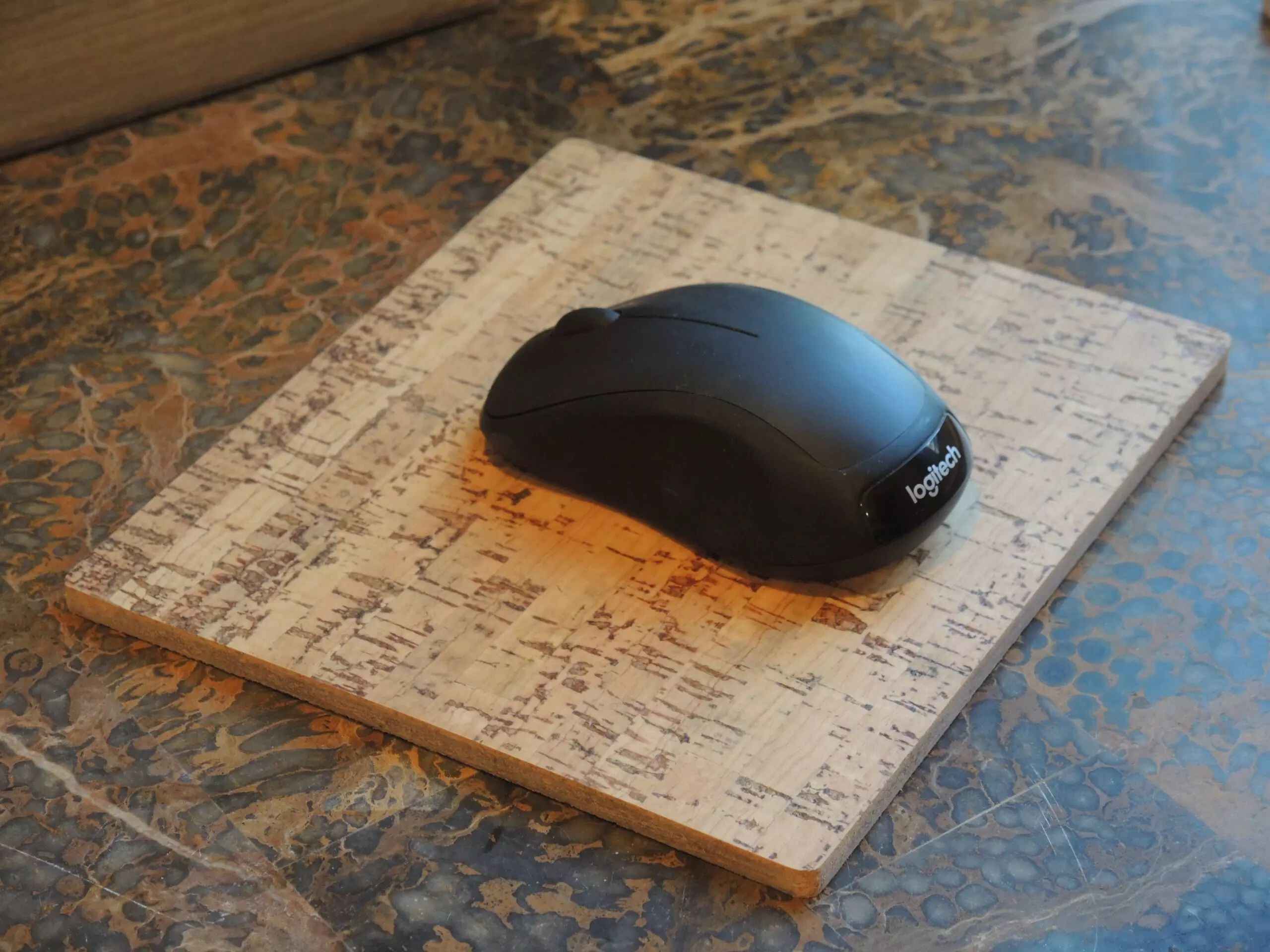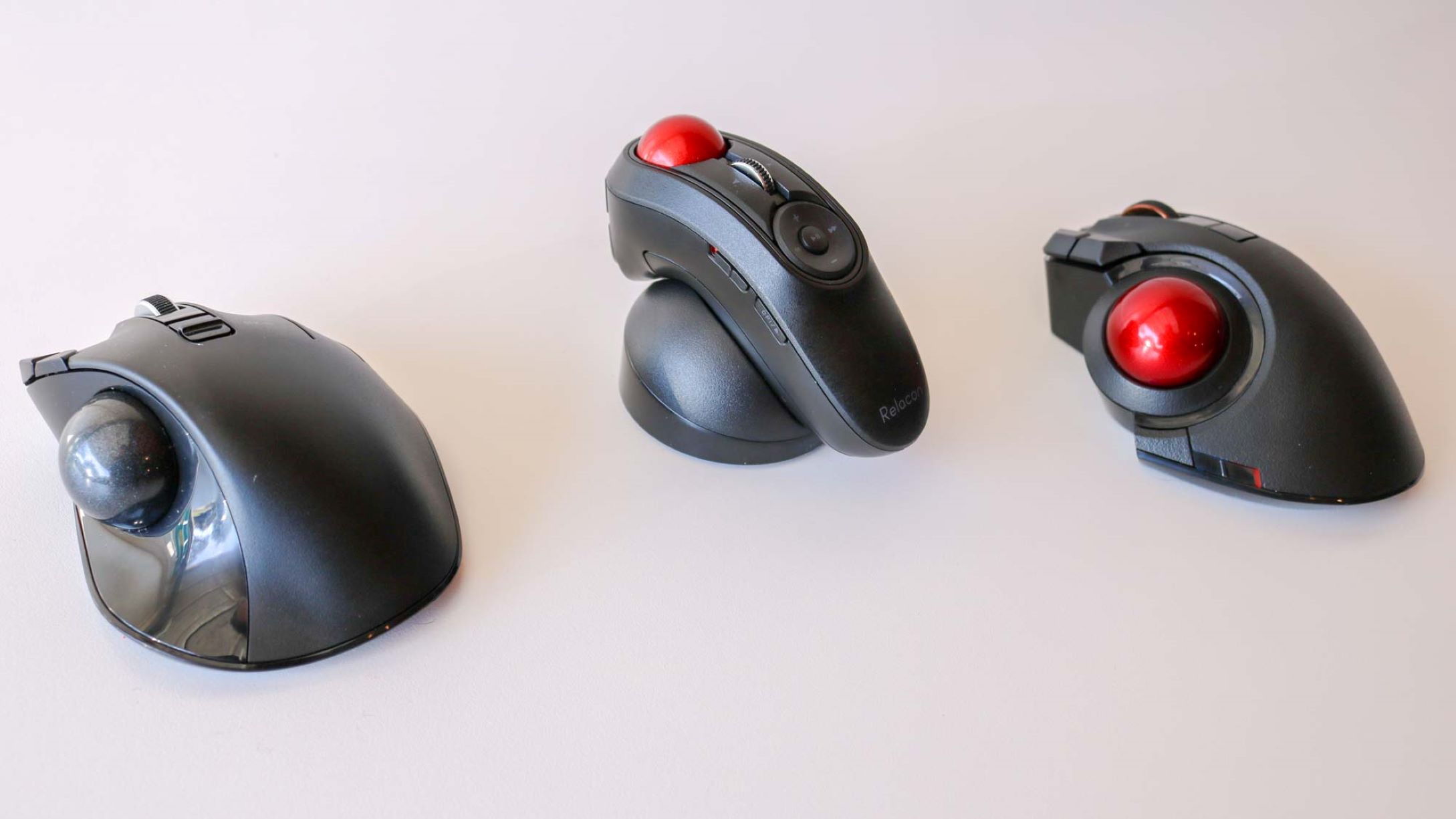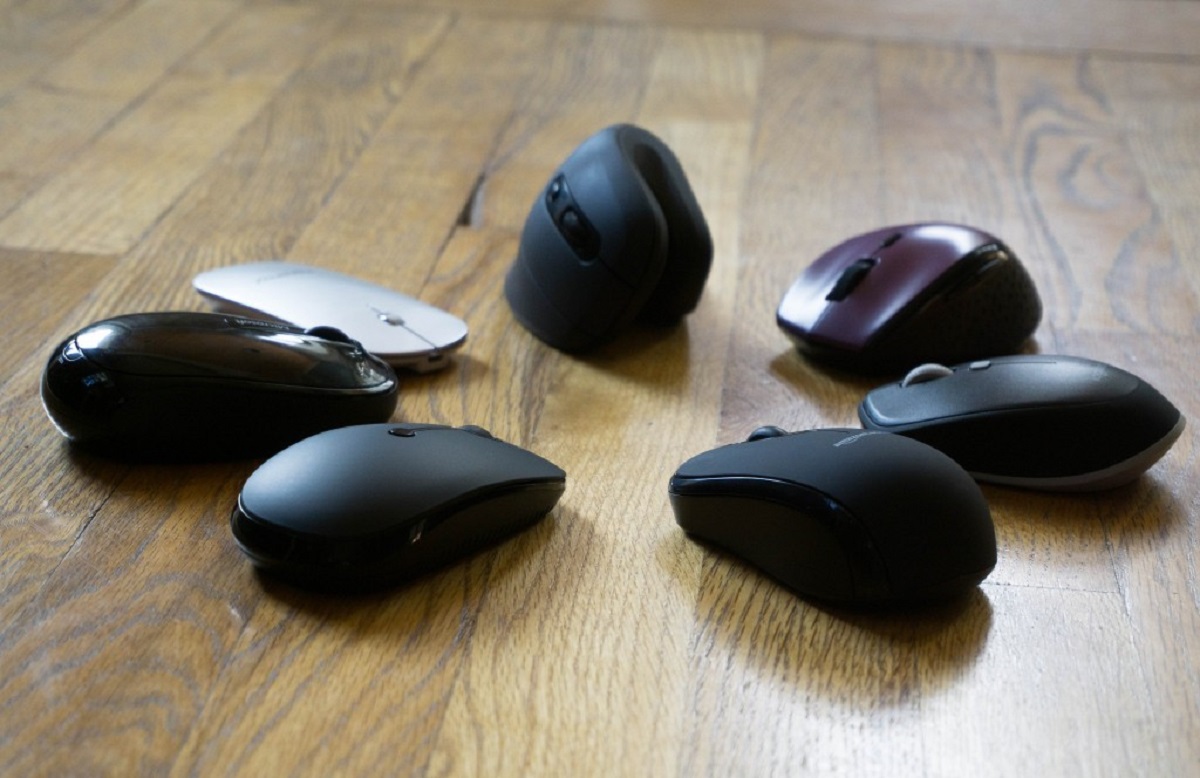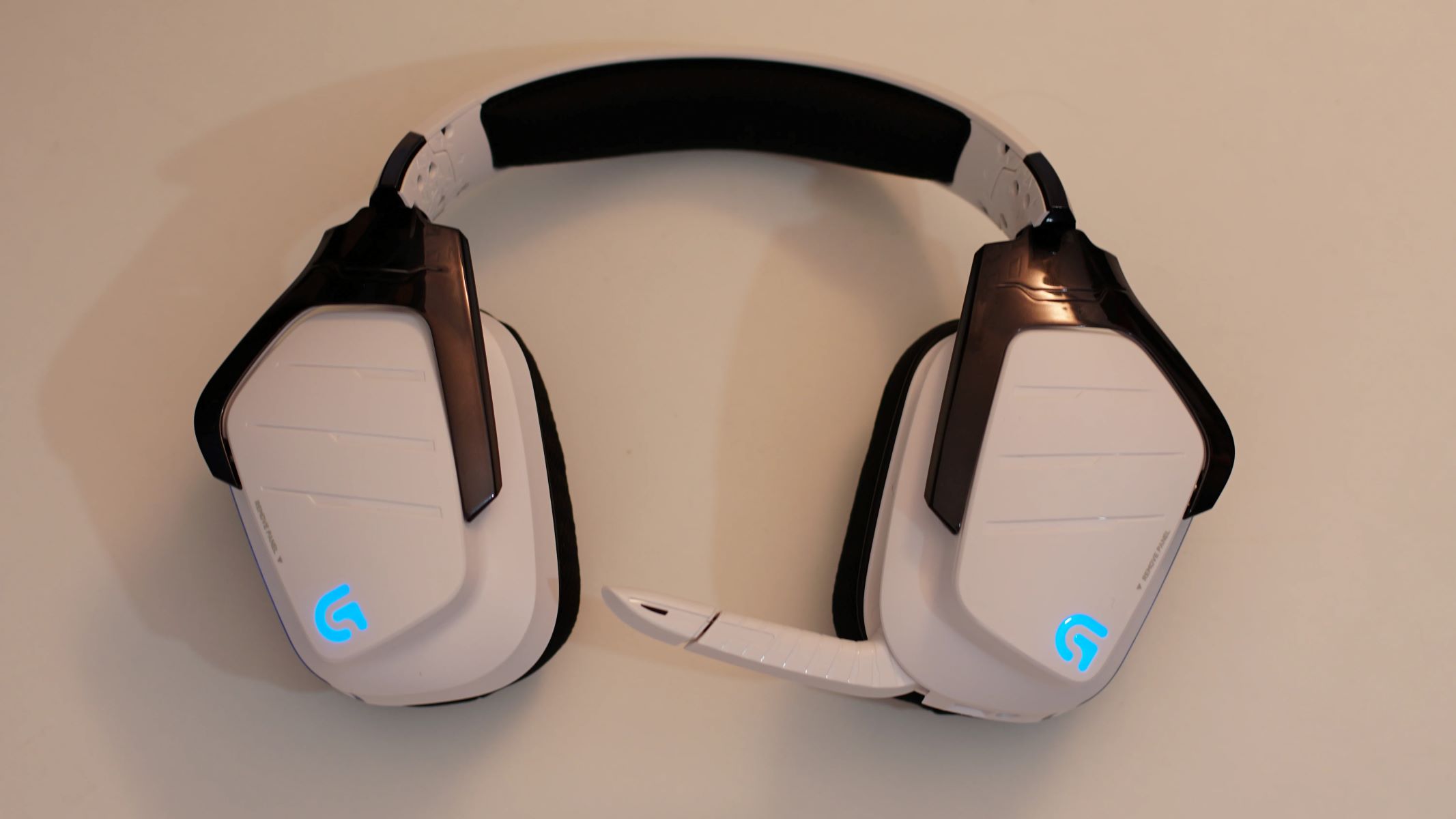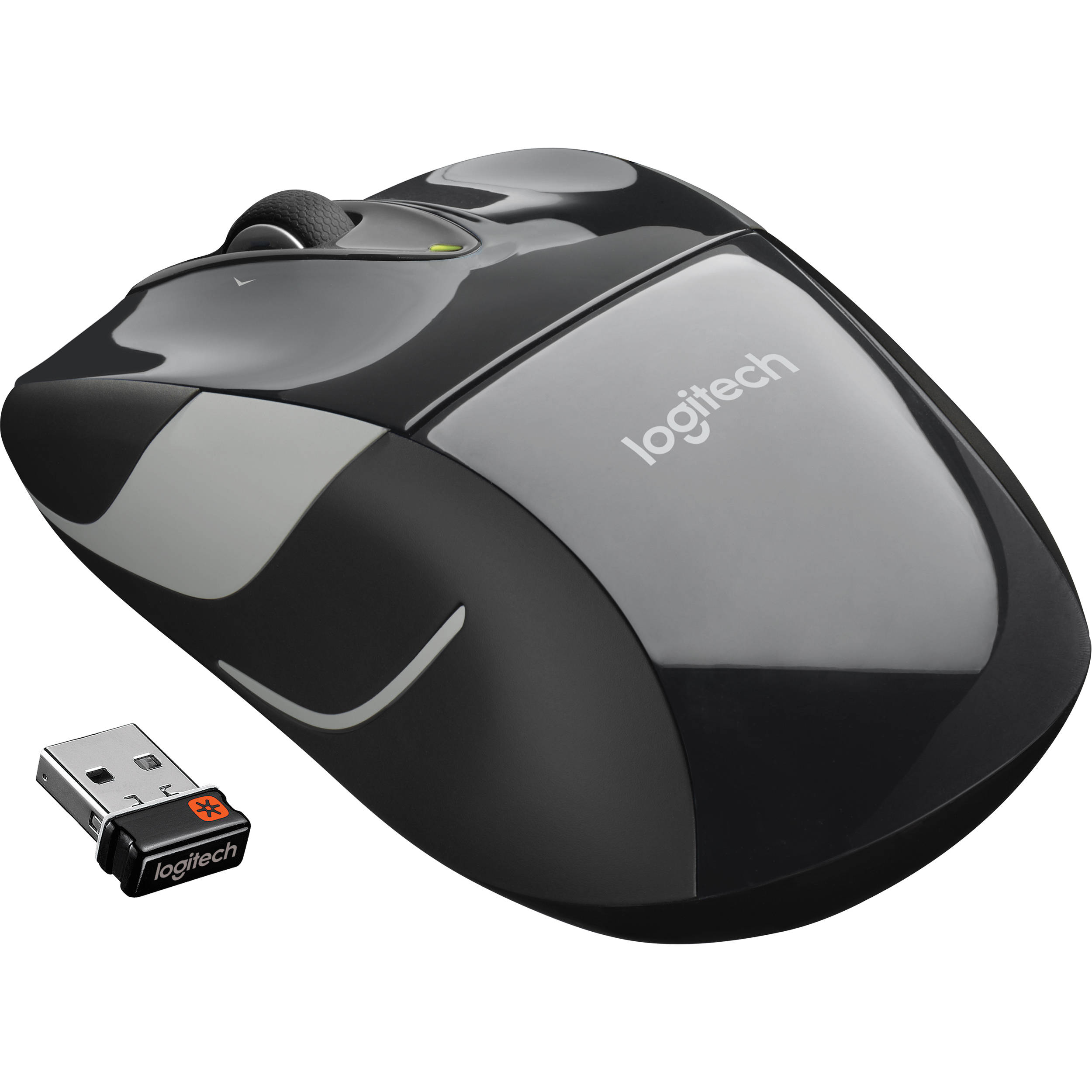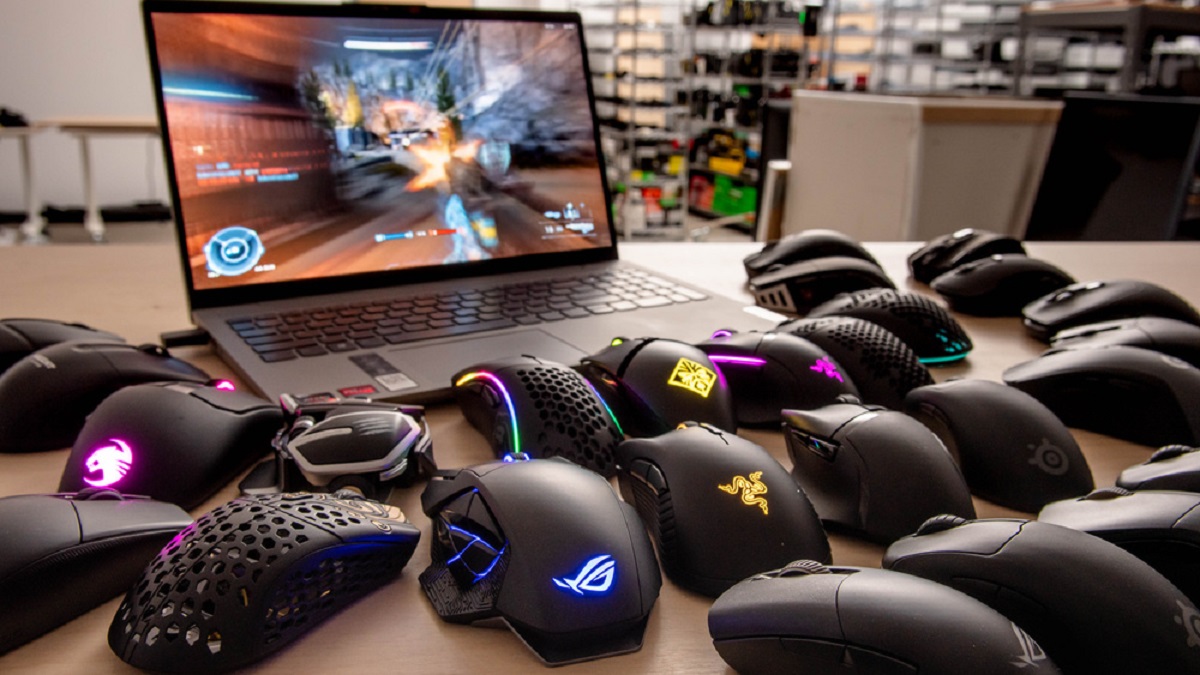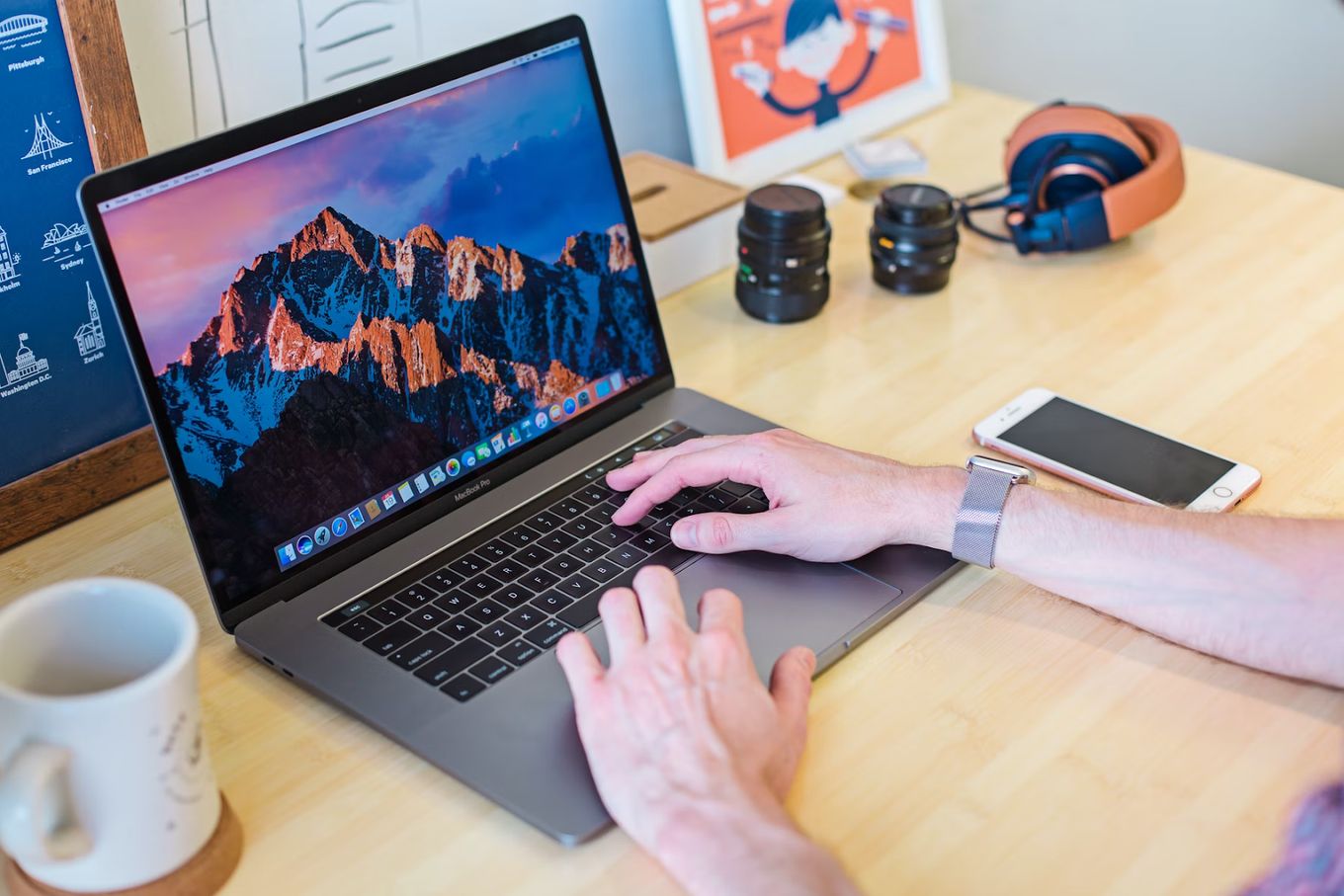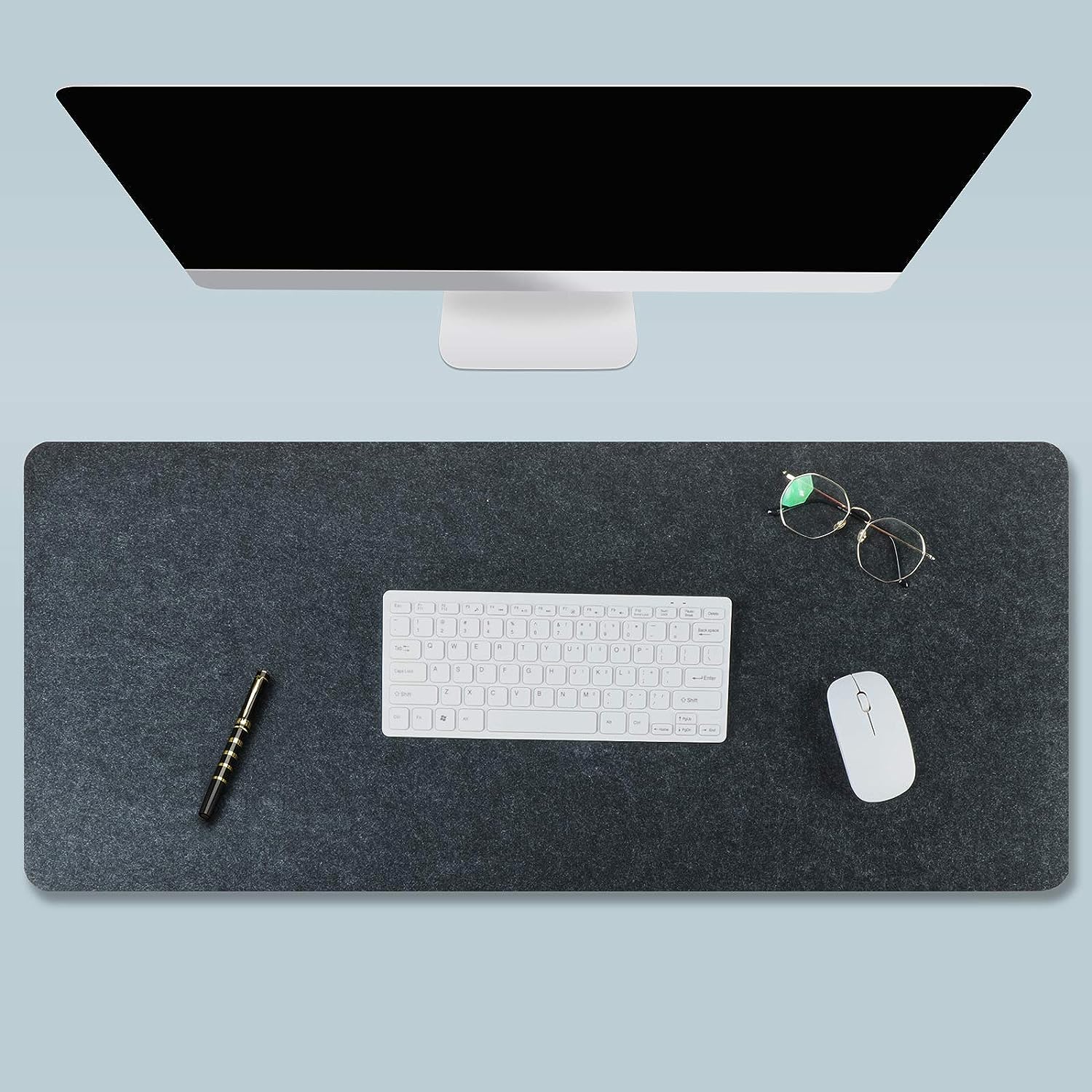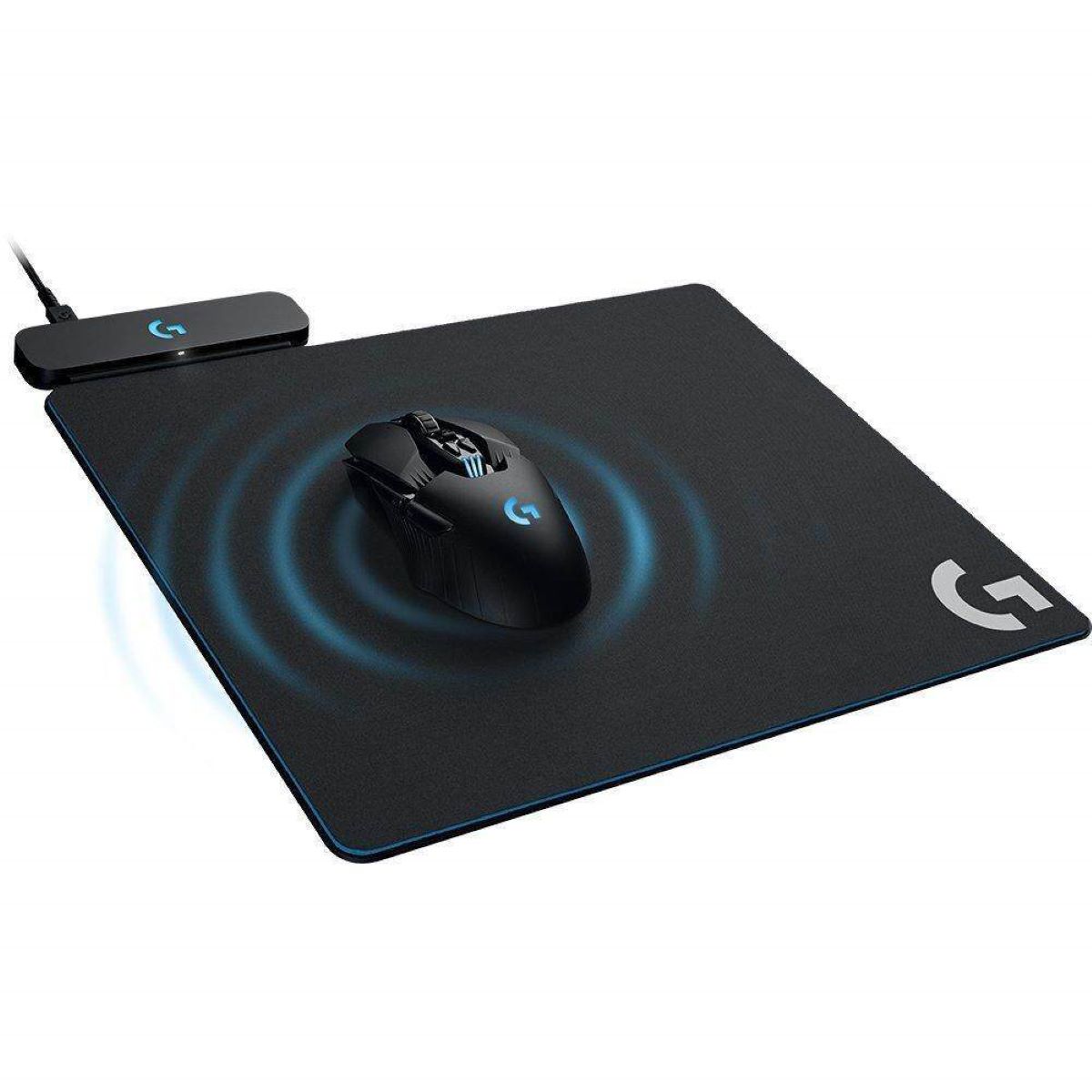Introduction
Understanding the Frustration of a Non-Responsive Mouse Pad
When your trusty computer mouse refuses to cooperate, it can be incredibly frustrating. The inability to scroll up and down with ease can disrupt your workflow and hinder your overall computing experience. Before diving into potential solutions, it’s important to understand the possible reasons behind this issue. Whether you’re using a traditional wired mouse or a modern touchpad, several factors could be contributing to the problem.
From hardware malfunctions to software conflicts, the causes of a non-responsive mouse pad are diverse and often perplexing. However, with a bit of troubleshooting and some practical tips, you can often resolve the issue without the need for professional assistance. In the following sections, we’ll explore various methods to diagnose and address this common frustration, empowering you to regain control of your scrolling capabilities and restore smooth navigation on your computer.
Let’s delve into the potential culprits behind your mouse pad’s reluctance to scroll and uncover the steps to rectify this exasperating issue.
Check for Hardware Issues
When your mouse pad fails to respond to scrolling gestures, the first step is to inspect the hardware for any underlying issues. Begin by ensuring that the mouse or touchpad is free from physical obstructions, such as dust, debris, or foreign particles that may impede its functionality. Thoroughly clean the surface of the mouse pad to eliminate any potential hindrances to its operation.
Next, examine the physical connection of the mouse or touchpad to the computer. For wired mice, check the USB or PS/2 connection to verify that it is securely plugged into the appropriate port. If you’re using a wireless mouse, ensure that the batteries are functioning correctly and that the wireless receiver is properly connected to the computer.
If you’re encountering issues with a touchpad, inspect its surface for any signs of wear or damage. Over time, touchpads can become less responsive due to wear and tear. In such cases, consider using an external mouse as an alternative input device while addressing the touchpad’s functionality.
Should the aforementioned steps fail to resolve the issue, consider testing the mouse or touchpad on another computer to determine if the problem persists across different systems. This can help ascertain whether the issue lies with the input device itself or with the computer’s configuration.
By meticulously examining the hardware components and their connections, you can identify and potentially rectify any underlying issues that may be impeding the smooth operation of your mouse pad.
Update Mouse Pad Drivers
Outdated or corrupted mouse pad drivers can often lead to erratic behavior, including unresponsiveness to scrolling commands. To address this, it’s essential to ensure that your mouse pad drivers are up to date and functioning optimally.
Begin by accessing the Device Manager on your Windows computer or the System Preferences on a Mac. Locate the section related to mice, touchpads, or pointing devices. Here, you can verify the status of your mouse pad drivers and check for any available updates.
If updates are available, proceed to download and install the latest drivers for your specific mouse or touchpad model. Manufacturers frequently release driver updates to improve compatibility, performance, and overall functionality. By keeping your drivers current, you can mitigate potential issues that may be hindering your mouse pad’s scrolling capabilities.
If you’re using a wireless mouse, ensure that the associated receiver’s drivers are also updated, as connectivity issues can impact scrolling responsiveness. Additionally, if you’ve recently updated your operating system, it’s imperative to verify that your mouse pad drivers remain compatible with the new software version.
After updating the drivers, restart your computer to allow the changes to take effect. Test the scrolling functionality to determine if the driver update has resolved the issue. In many cases, this simple yet crucial step can alleviate scrolling problems and restore seamless navigation on your computer.
By proactively maintaining and updating your mouse pad drivers, you can mitigate potential compatibility issues and ensure that your input device operates optimally, facilitating smooth and responsive scrolling.
Adjust Mouse Pad Settings
Customizing the settings of your mouse pad can significantly influence its responsiveness and scrolling behavior. Whether you’re using a traditional mouse or a touchpad, adjusting specific settings can often alleviate scrolling issues and enhance your overall user experience.
For touchpad users, accessing the touchpad settings through the Control Panel on Windows or the System Preferences on a Mac allows you to fine-tune various parameters. Adjusting the sensitivity, scrolling speed, and multi-touch gestures can help tailor the touchpad’s behavior to better suit your preferences and usage patterns.
If you’re using a traditional mouse with a scroll wheel, consider adjusting the scroll speed and acceleration settings within your computer’s operating system. These settings can be found in the mouse or pointing device section of the Control Panel on Windows or the System Preferences on a Mac. By modifying these parameters, you can enhance the responsiveness and precision of the scroll wheel, ensuring a more seamless scrolling experience.
Additionally, some mice and touchpads offer specialized software that allows for further customization of their settings. Explore the manufacturer’s software or utility to access advanced features, such as programmable buttons, scroll wheel behavior, and gesture controls. Fine-tuning these settings can optimize the scrolling functionality to align with your specific workflow and preferences.
Experiment with different settings and configurations to find the optimal combination that enhances the responsiveness and accuracy of your mouse pad’s scrolling capabilities. By tailoring the settings to align with your individual preferences, you can elevate the overall usability and efficiency of your input device.
Check for Software Conflicts
Software conflicts can often disrupt the functionality of your mouse pad, leading to unresponsive scrolling and other erratic behavior. Identifying and resolving these conflicts can help restore smooth navigation and alleviate the frustration associated with a non-responsive mouse pad.
Begin by reviewing any recently installed software or updates that coincided with the onset of the scrolling issue. Certain applications, particularly those related to system utilities, input devices, or third-party mouse management tools, can interfere with the normal operation of your mouse pad. Consider uninstalling or disabling these programs to assess whether they are contributing to the scrolling problem.
Furthermore, conflicting drivers or software components related to other input devices, such as graphic tablets or external drawing pads, can impact the functionality of your mouse pad. Ensure that all input devices and their associated software are compatible and properly configured to avoid conflicts that may hinder scrolling responsiveness.
If you’re utilizing specialized mouse or touchpad software provided by the manufacturer, ensure that it is updated to the latest version and remains compatible with your operating system. Outdated or incompatible mouse management software can introduce conflicts that affect the scrolling behavior of your input device.
Another potential source of software conflicts is system-wide accessibility features or third-party accessibility tools designed to assist users with disabilities. While these tools are invaluable for many users, they can inadvertently interfere with the normal operation of the mouse pad. Review the accessibility settings on your computer and consider temporarily disabling these features to ascertain whether they are impacting the scrolling functionality.
By systematically identifying and addressing potential software conflicts, you can eliminate disruptive factors that impede the responsiveness of your mouse pad, ultimately restoring smooth and reliable scrolling capabilities on your computer.
Resolving Mouse Pad Scrolling Issues: A Path to Seamless Navigation
Encountering unresponsive scrolling on your mouse pad can be a vexing experience, disrupting your workflow and diminishing the overall usability of your computer. However, by methodically addressing potential hardware and software factors, you can often restore smooth and reliable scrolling capabilities, empowering you to navigate your digital environment with ease.
From meticulously inspecting the hardware for obstructions and connectivity issues to updating mouse pad drivers and fine-tuning settings, the troubleshooting journey offers a spectrum of potential solutions. By embracing these steps, you can proactively diagnose and address the underlying causes of non-responsive scrolling, ultimately enhancing the functionality of your mouse pad.
Furthermore, the exploration of software conflicts and compatibility issues underscores the intricate interplay between various system components and the impact they can have on your mouse pad’s performance. By conscientiously managing software installations, updates, and accessibility features, you can mitigate potential conflicts and ensure a harmonious interaction between your input device and the broader software ecosystem.
As you navigate the troubleshooting process, remember that patience and persistence are key virtues. Resolving scrolling issues may require iterative testing and adjustments, but the rewards of regaining smooth navigation far outweigh the initial frustrations.
Ultimately, by embracing the multifaceted approach outlined in this guide, you can navigate the maze of non-responsive scrolling and emerge with a newfound understanding of your mouse pad’s functionality. Armed with this knowledge, you can confidently tackle future challenges and maintain an optimized computing experience.
Embrace the troubleshooting journey as an opportunity to deepen your familiarity with your computer’s input devices and their intricate interplay with the underlying software environment. Through this process, you’ll not only resolve the immediate scrolling issue but also cultivate a proactive mindset for addressing potential challenges in the future.
By harnessing the insights and strategies presented in this guide, you can transform the frustration of a non-responsive mouse pad into a catalyst for honing your troubleshooting skills and optimizing your digital workspace.







